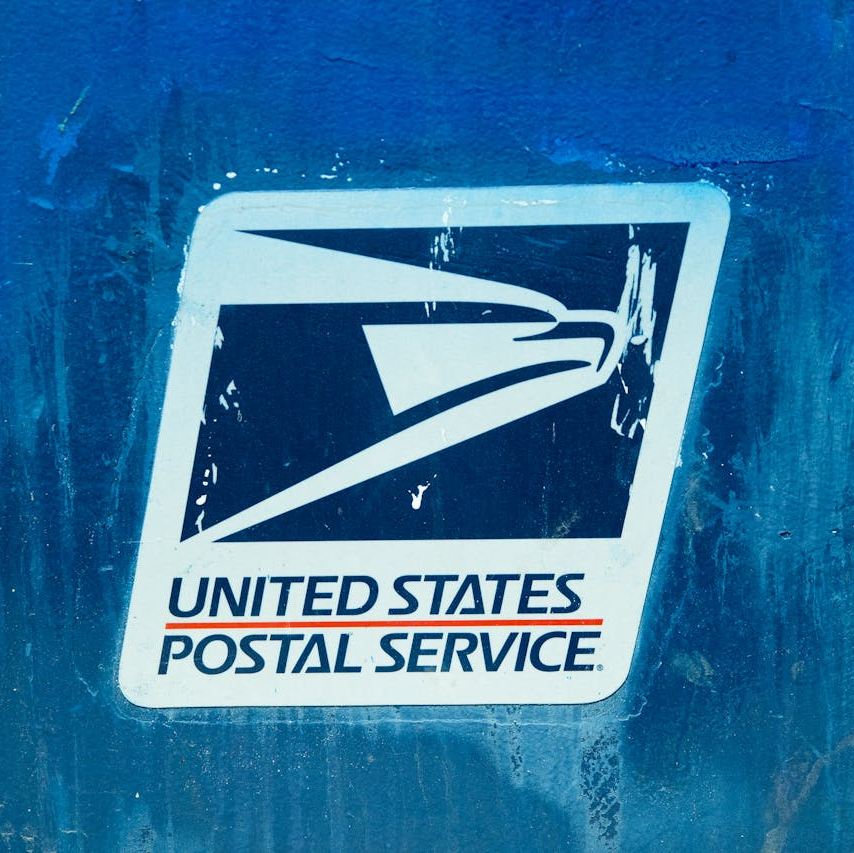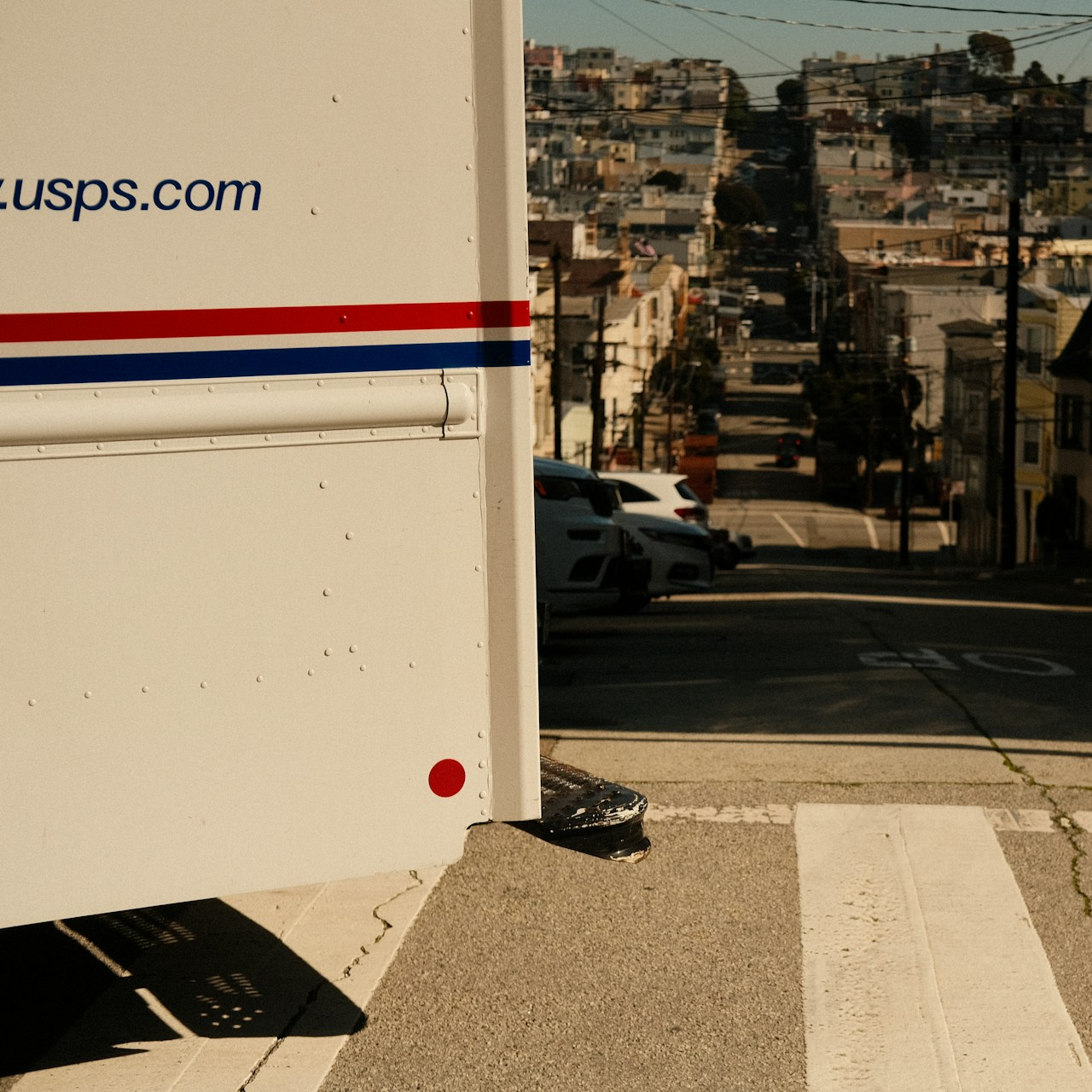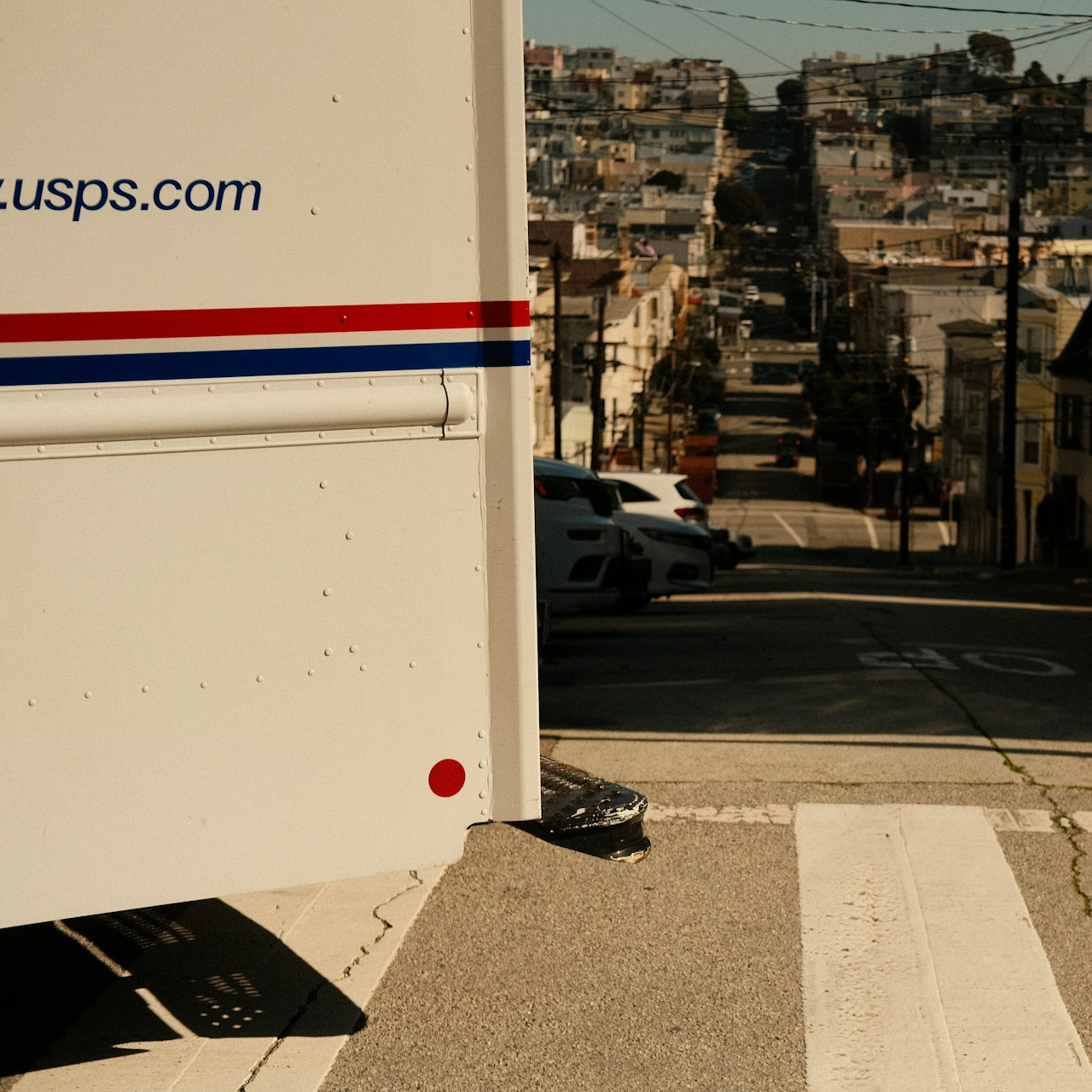Key Takeaways
-
Your copay under the PSHB program in 2025 often represents just the beginning of what you actually pay. Additional charges such as coinsurance, deductibles, and out-of-network fees can follow.
-
Understanding the full structure of your PSHB plan, especially when paired with Medicare, is essential to avoid surprise medical bills and ensure you’re truly prepared for your total out-of-pocket costs.
The Hidden Layers Behind Your Copay
When you hand over your copay at the doctor’s office or pharmacy, it may feel like you’ve completed your financial responsibility for that service. However, under the Postal Service Health Benefits (PSHB) Program in 2025, the copay is often just the surface of a deeper, more complex cost structure. If you are a Postal Service retiree or employee navigating your healthcare options this year, it’s important to understand what lies beneath the fixed fee.
In 2025, PSHB plans can involve a combination of cost-sharing mechanisms, and they can affect you differently depending on your service, provider network, and Medicare coordination.
What a Copay Covers — And What It Doesn’t
Copayments are flat fees you pay upfront for specific services, such as:
-
Primary care visits (e.g., $20–$40)
-
Specialist visits (e.g., $30–$60)
-
Urgent care or emergency services (e.g., $50–$150)
-
Prescription drugs at the point of sale
But this fixed cost rarely captures the totality of your financial obligation. Here’s why:
-
It may not include lab work or diagnostics done during your visit.
-
It often doesn’t account for follow-up procedures or consultations.
-
It doesn’t touch the deductible or coinsurance you may owe.
A simple visit could trigger additional bills in the days or weeks that follow.
Deductibles: The Pre-Copay Wall You Might Hit First
Many PSHB plans include an annual deductible, which is the amount you must pay before the plan starts sharing costs. If you haven’t yet met your deductible, your copay might not even apply.
For example, in a plan with a $500 deductible:
-
You pay the full cost of most non-preventive services until you hit that $500.
-
Only then do coinsurance and copays kick in.
So if you thought the $40 copay covered the cost of your specialist visit early in the year, you might get billed the full price later because your deductible wasn’t met yet.
Coinsurance: The Percentage You Didn’t Expect
After your deductible is met, many services don’t revert to a flat copay. Instead, you might be responsible for coinsurance — a percentage of the total bill.
Typical PSHB coinsurance rates in 2025 range from:
-
10% to 30% for in-network services
-
40% to 50% for out-of-network services
Let’s say you undergo outpatient surgery costing $3,000. Even if your deductible is satisfied, a 20% coinsurance leaves you with a $600 bill. That’s well beyond any copay you anticipated.
Out-of-Network Pitfalls
If you seek care from a provider not in your PSHB plan’s network, your copay might not apply at all. Instead, you may be responsible for:
-
A higher coinsurance rate
-
Separate out-of-network deductibles
-
Balance billing (where the provider bills you for charges above what your plan allows)
In these cases, a visit you thought would cost a $50 copay might leave you with hundreds of dollars in unexpected charges.
Emergency Room Visits: A Deceptive Fixed Fee
Emergency services often list a flat copay of $100 to $150. But that only covers the facility fee, not everything that happens while you’re there.
Additional charges may include:
-
Imaging tests (X-rays, CT scans, MRIs)
-
Specialist consultations
-
Lab work
-
Observation hours or overnight stays
Each of these can trigger additional cost-sharing responsibilities, depending on your PSHB plan.
Pharmacy Copays vs. Tiered Cost-Sharing
Prescription drugs under PSHB plans are typically structured with tiered copays. However, even these can become unpredictable.
In 2025, you might see:
-
Generic drugs: Lower copay (e.g., $10–$20)
-
Preferred brand-name drugs: Mid-range copay (e.g., $30–$60)
-
Non-preferred brand-name drugs: High copay or coinsurance
-
Specialty drugs: Usually coinsurance-based, not a flat copay
Even if a drug falls into a specific tier, the formulary can change. You may find that a prescription you paid $40 for last year now costs significantly more.
Medicare Coordination: A Layered Cost Equation
If you’re enrolled in both PSHB and Medicare Part B in 2025, you might expect your out-of-pocket costs to drop. And often, they do. But not in all scenarios.
Some PSHB plans reduce or waive copays and coinsurance for enrollees with Medicare Part B. However:
-
This only applies if the service is covered by both Medicare and the PSHB plan.
-
If Medicare doesn’t cover a service, PSHB may apply its standard cost-sharing.
-
You must follow both Medicare and PSHB provider network rules to benefit.
Moreover, even if the service is covered, you may still be subject to:
-
Cost-sharing after coordination
-
Plan-specific rules for reimbursement
So while you might expect that your $40 copay for a specialist visit is waived due to Medicare, the bill that arrives later might say otherwise.
Preventive Services Are Often the Exception
One area where copays are often truly final is preventive care. Under PSHB, most in-network preventive services have no copay, coinsurance, or deductible, as long as they follow plan guidelines.
Examples include:
-
Annual wellness exams
-
Screenings (e.g., mammograms, colonoscopies)
-
Flu shots and other routine vaccines
Still, if your doctor identifies a medical concern during a preventive visit and provides additional services, those added services may no longer fall under the “preventive” umbrella.
The Role of the Out-of-Pocket Maximum
Fortunately, every PSHB plan comes with an annual out-of-pocket maximum. In 2025, typical in-network limits are:
-
$7,500 for Self Only
-
$15,000 for Self Plus One or Self and Family
Once your total copays, coinsurance, and deductibles hit that ceiling:
-
The plan pays 100% of eligible in-network costs for the rest of the calendar year.
But reaching that maximum often means you’ve already spent thousands of dollars. It’s a stop-loss, not a starting point.
Timing Matters: Copays and Calendar Resets
Copays, deductibles, and out-of-pocket maximums reset every January 1. This means:
-
Your first few visits in a new year might not apply your usual copay if you haven’t met your deductible.
-
Every year, you essentially start over in terms of how your cost-sharing accumulates.
If you schedule elective procedures early in the year, expect more upfront costs until you’ve met your deductible.
Why Clarity Matters for Your Financial Planning
When you base your healthcare budgeting on copays alone, you risk significant underestimation. Realistic planning for 2025 means accounting for all parts of cost-sharing:
-
Know your deductible status. Track how much you’ve already paid.
-
Check coinsurance requirements before any major procedure.
-
Stay in-network whenever possible.
-
Use Medicare benefits wisely if you’re eligible.
-
Review your out-of-pocket maximum and how close you are to reaching it.
What You Can Do Right Now
If you’re unsure about your current plan or worried about what your next visit might really cost, take these steps:
-
Log into your PSHB or OPM account to review your benefits.
-
Call your plan’s customer service for pre-service cost estimates.
-
Ask your providers whether they are in-network.
-
Verify with Medicare whether a service is covered and what your coordination benefits are.
Understanding Your Total Cost Means Looking Past the Copay
It’s tempting to think of your copay as the final word. But under PSHB in 2025, that would be a costly oversimplification. Your out-of-pocket cost depends on multiple layers: deductibles, coinsurance, networks, Medicare coordination, and annual limits. Knowing how each layer interacts with the next will help you plan better, budget smarter, and avoid billing surprises.
To make sense of your PSHB coverage and understand what you might owe beyond the copay, reach out to a licensed agent listed on this website for help.













